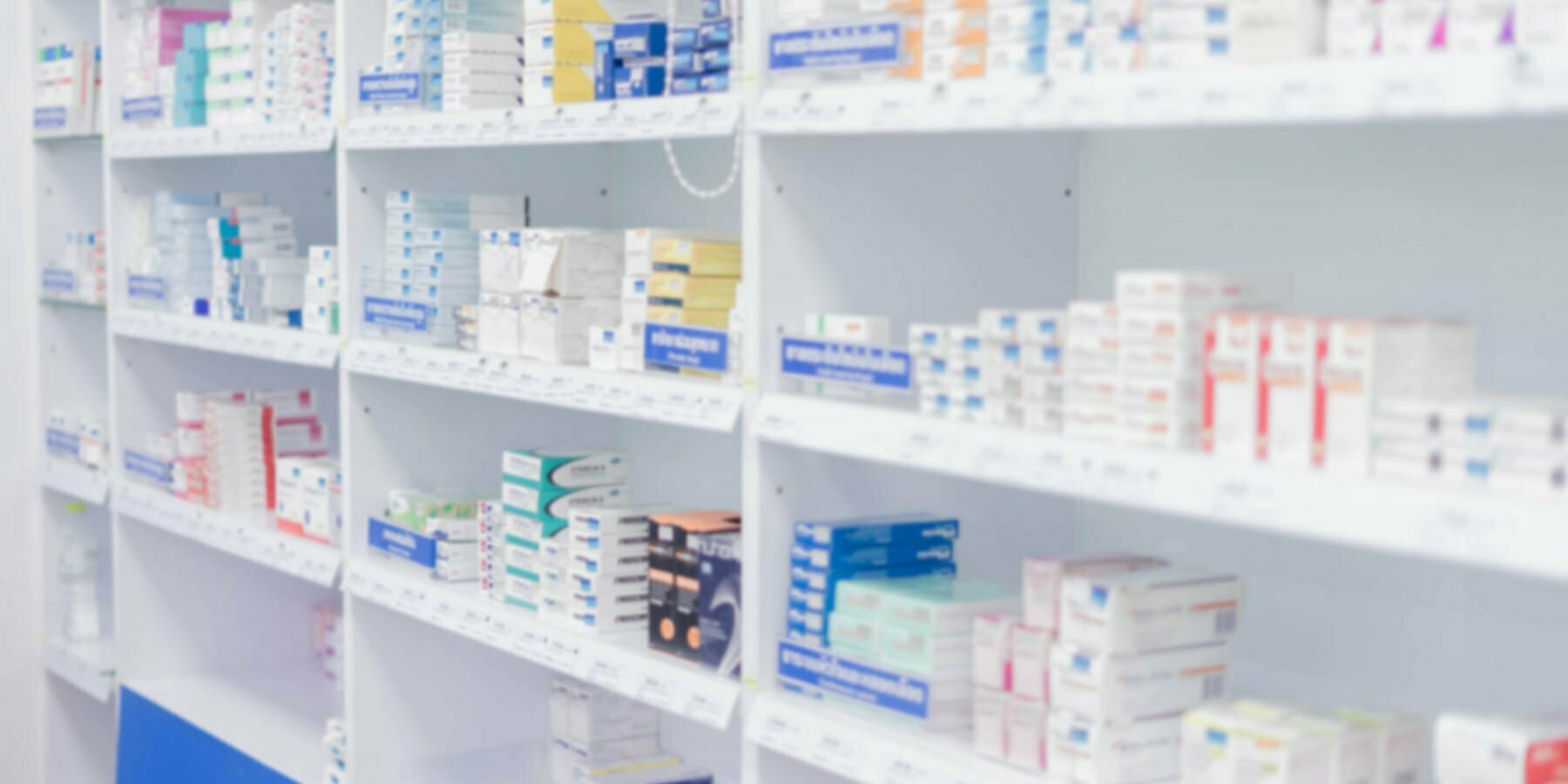In 2020, the world experienced an incredibly fast vaccine approval, with the Pfizer COVID-19 vaccine receiving emergency use authorization from the U.S. Food and Drug Administration (FDA) approximately one year after the virus was first identified. This was the first instance a vaccine had been developed and approved in under a year.
It may be shocking to realize that the average amount of time it takes for a medication to go from the molecule discovery stage to being available on a pharmacy shelf is 16.5 years.1 There are four major phases of the drug approval process:
Molecule Discovery
The initial research aims to develop a hypothesis that the inhibition or activation of a protein or pathway will result in a therapeutic effect in a disease state. This will result in the selection of a target which may require further validation to justify a drug discovery effort. During lead discovery, scientists will attempt to find a molecule or biological therapeutic that will eventually be an FDA-approved medication.2 The time required for this process will vary.
Preclinical Studies
Before testing a drug on humans, it is crucial to determine the safety and toxicity of the molecule. There are two types of preclinical research:³
In Vitro: This study occurs in a controlled environment, such as a test tube or petri dish.
In Vivo: Scientists will perform tests on a laboratory animal.
This process typically takes around two years to complete. Sometime during the molecule discovery stage and preclinical studies, a patent is filed. If the preclinical studies prove the drug does not cause serious harm to humans, it is safe to move on to the next phase.
Phase I Clinical Trial
Before human trials may begin, an Investigational New Drug application must be filed with the FDA. Phase I clinical trials usually consist of 20-100 people and the purpose is to determine the highest dose of the drug that may be given safely without harmful side effects. This phase of clinical trials will also help decide on the best dosage form to administer treatment. This entire process could take up to two years.
Phase II Clinical Trial
If the treatment is deemed safe in phase I, phase II will begin with a larger subject pool — approximately 100-500 humans will participate in this trial. These participants will be treated using the dose and dosage form found to be the most safe and effective in phase I. After this general two-year process, the drug manufacturer will meet with the FDA to discuss concerns before moving into phase III.
Phase III Clinical Trial
Treatments that have been shown to work in phase II clinical trials must succeed in one more phase before they are considered for general use. Phase III clinical trials compare the safety and effectiveness of the new treatment against a placebo or a drug considered standard treatment for the condition. Participants are usually picked at random to get either the standard treatment/placebo or the new treatment. When possible, neither the doctor nor the patient knows which treatment the patient is receiving, referred to as a double-blind study.
These studies are often conducted in many places across the county (or even the world) at the same time, with 1,000-5,000 human participants. The expected duration of this phase is four years.
New Drug Application (NDA)
This is the point where if the drug is shown safe and effective in phase III trials, an NDA is submitted to the FDA for approval. When the application is considered complete, a Prescription Drug User Fee Act (PDUFA) date is set; this is the date the FDA sets for the review to be completed. The standard time for this is 10 months, but if the drug aims to treat a serious condition and shows improved safety and efficacy, the FDA may review it for approval within six months, known as priority review. The Center for Drug Evaluation and Research reviews and also must recommend approval. The total time from NDA filing to complete drug approval is approximately 1.5 years. If the FDA feels more evidence is needed to show the new treatment’s benefits outweigh its risks, phase IV clinical trials may begin.
New Drug Comes to Market
The drug may launch immediately after the PDUFA date, but there are several reasons the launch may be delayed:
- Complete Response Letter: This is an instance where the FDA declines to approve the drug and explains its reasoning to the drug manufacturer. The manufacturer is then able to resolve the requested defects and resubmit the application, withdraw the application, or request a hearing.5
- Sales and Marketing Delays: The company requires additional time to organize their marketing strategy and hire a sales team.
- Unexpected Label Changes: The FDA approves the application but makes changes to the way the drug can be used.
Designations Which Affect Time to Market
Fast Track Designation: The FDA may have more frequent input regarding clinical trials and therefore a faster review time if the drug treats a serious condition and fills an unmet need. This could also be the case if it is found to address a public health problem.
Breakthrough Designation: The drug could be fast tracked if it treats a serious condition and shows substantial improvement over existing treatments via significant endpoint affecting morbidity/mortality. In this instance, the FDA will begin offering its input in phase I clinical trials.
Aside from the significant time it takes to bring a new drug to market, there is a financial cost as well: the median cost from research to approval is $985 million.4 It is truly amazing how many people and dollars go into the making of one little pill.
-
Van Norman GA. Drugs, devices, and the FDA: Part 1: An overview of approval processes for drugs. J Am Coll Cardiol Basic Trans Science 2016; 1(3): 170-179.
-
https://www.ncbi.nlm.nih.gov/pmc/articles/PMC3058157/
-
https://www.medicalnewstoday.com/articles/in-vivo-vs-in-vitro#in-vitro
-
https://www.biospace.com/article/median-cost-of-bringing-a-new-drug-to-market-985-million/
-
https://www.thefdalawblog.com/2021/07/can-a-crl-be-final-agency-action-one-step-closer-to-finding-out/?utm_source=feedburner&utm_medium=feed&utm_campaign=Feed:+FdaLawBlog+(FDA+Law+Blog)




